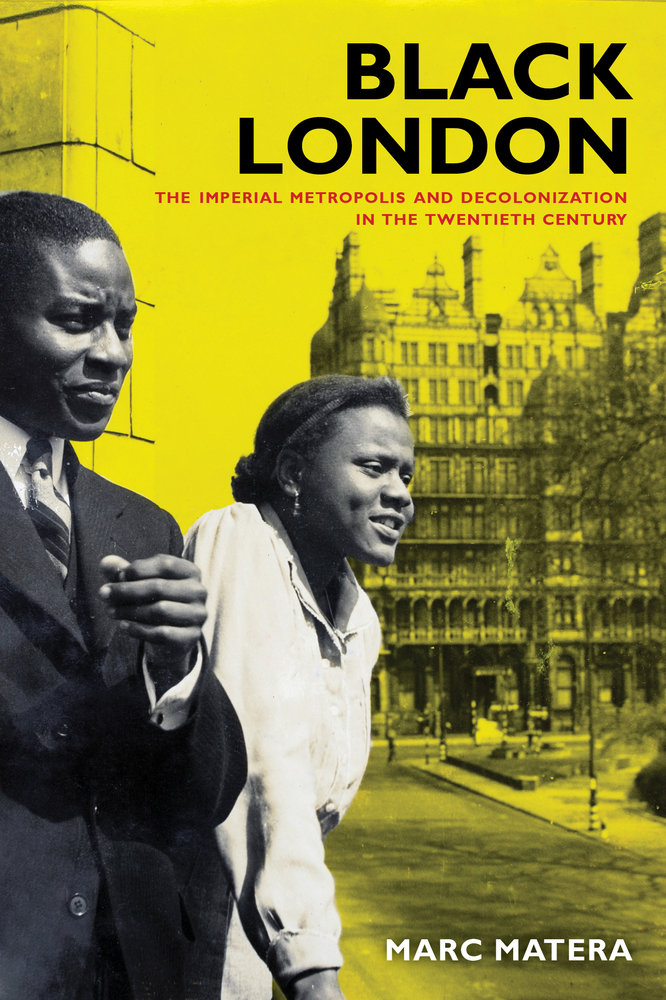Fanny Eaton: The Black Pre-Raphaelite Muse that Time ForgotPosted in Articles, Arts, Biography, History, Media Archive, United Kingdom, Women on 2016-06-22 16:05Z by Steven |
Fanny Eaton: The Black Pre-Raphaelite Muse that Time Forgot
AnOther
2016-03-07
 Walter Fryer Stocks, British, 1842–1915: Mrs. Fanny Eaton, ca. 1859 / Black, red, and white chalk on cream wove paper / 43.2 × 34.9 cm (17 × 13 3/4 in.) / Museum purchase, Surdna Fund / 2016-1 / Princeton University Art Museum |
The enigmatic model made her way to London from Jamaica in the early 19th century to sit for the Pre-Raphaelites, and her legacy lives on in their impactful work
Who? Lizzie Siddal has long reigned supreme in the minds of historians, artists and writers as the embodiment of the artist’s muse. Her fellow Pre-Raphaelite models, such as Marie Spartali, Jane Morris or Maria Zambaco are less well known, but renewed attention has given many of these women a rightful place in art history beyond the typically limited conception of “the muse”. If you haven’t heard of Fanny Eaton, however, there would be meagre cause for surprise, though surprise there should be: little exists in the way of information about her, and until recent years all that remained was the series of paintings and drawings she sat for.
Fanny Eaton was a black Victorian Londoner and, for some time, painter’s model. Born in Jamaica in 1835, Eaton was the daughter of an ex-slave and, it is suspected, a white slave owner. She came to London in the 1840s and began modelling in her twenties. It has been discovered that she was working as a regular portrait model at the Royal Academy, which is potentially where she caught the attention of the many renowned painters of the era she sat for…
Read the etnire article here.



